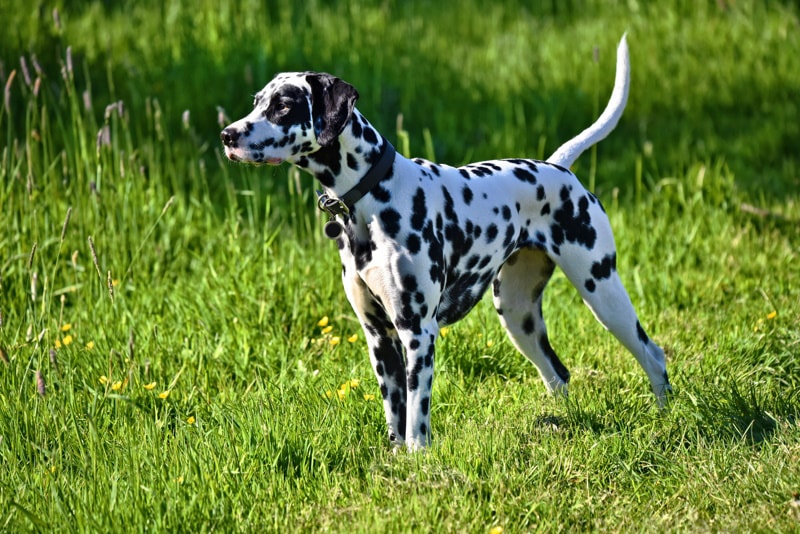Black Pomeranian: Pictures, Facts & History

Updated on
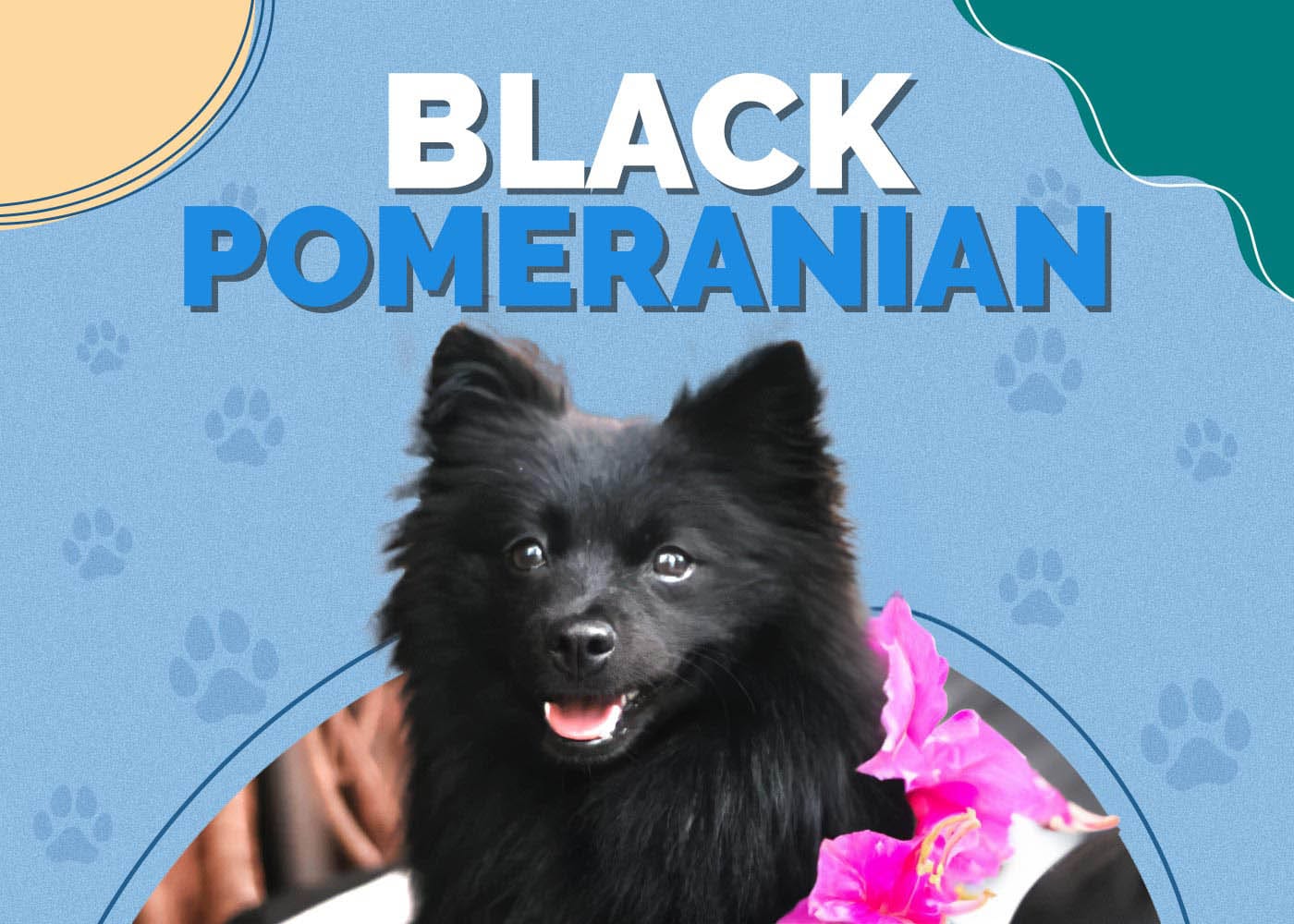
Click to Skip Ahead
The black Pomeranian is a distinctive breed of dog known for its diminutive size and striking jet-black coat. Originating from the Pomerania region in Europe, this charming breed has gained worldwide popularity for its lively personality and endearing appearance.
Despite their small stature, black Pomeranians are brimming with energy and enthusiasm, making them delightful companions for individuals and families alike. Read on as we explore the black Pomeranian in all its glory!
| Height: | 6–7 inches |
| Weight: | 3–7 pounds |
| Lifespan: | 12–16 years |
| Colors: | Black |
| Suitable for: | Active individuals and families with older children, people in both city and rural living conditions |
| Temperament: | Intelligent, loving, energetic, alert, eager to please, spunky |
The black Pomeranian is a captivating variation of the Pomeranian breed, celebrated for its striking and elegant all-black coat. While Pomeranians come in a variety of colors, including orange, cream, sable, and more, the black coat is particularly sought after for its rare and luxurious appearance.
Beneath their glamorous exterior, black Pomeranians are known for their spirited and playful personalities. Despite their small size, they possess a big heart and a vivacious spirit. While their appearance may exude elegance, their lively and spirited nature adds a touch of vivacity to any household, making them a cherished member of the family for those fortunate enough to share their lives with a black Pomeranian.
Black Pomeranian Breed Characteristics
The Earliest Records of the Black Pomeranian in History
The earliest records of the black Pomeranian in history can be traced back to the Pomerania region, which straddles modern-day northern Poland and northeastern Germany. The Pomeranian breed, in general, has a long and storied history, with its roots dating back to the 18th century. Originally, Pomeranians were larger working dogs used for herding and guarding livestock. Over time, breeders selectively bred them down in size to create the small, toy-like Pomeranians we know today.
The emergence of the black Pomeranian as a distinct variation within the breed likely occurred during these early breeding efforts. These black-coated Pomeranians were cherished for their unique appearance, which stood out amidst the other coat colors of their ancestors. While historical records may not provide specific details about the first black Pomeranians, it’s clear that their distinctive coat quickly gained favor among breed enthusiasts and nobility.
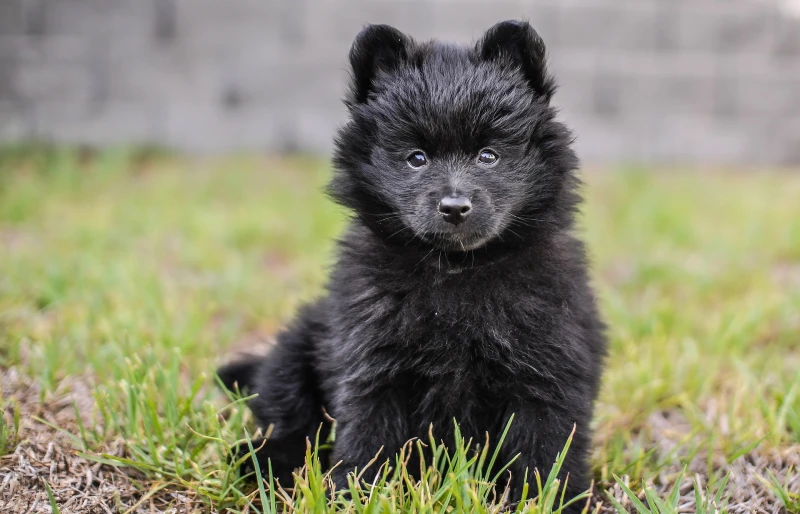
How the Black Pomeranian Gained Popularity
The black Pomeranian gained significant popularity thanks in large part to the influence of European nobility and royalty during the 18th and 19th centuries. As the Pomeranian breed itself evolved and was selectively bred to be smaller and more appealing as companion dogs, the striking jet-black coat became increasingly desirable among aristocrats and high society.
The elegance and sophistication of these black-coated Pomeranians made them highly sought-after pets among European nobles, including Queen Victoria of England, who played a pivotal role in their rise to prominence.
Queen Victoria’s adoption of a small Pomeranian named Marco during her visit to Italy in 1888 created a sensation, catapulting the breed to the highest echelons of canine fashion. Her love for Pomeranians led to a surge in demand, and soon, the breed became a symbol of opulence and prestige across Europe.
Formal Recognition of the Black Pomeranian
The black Pomeranian was formally recognized as a distinct variation within the Pomeranian breed through the efforts of dog breed clubs and kennel associations during the late 19th and early 20th centuries. The American Kennel Club (AKC) officially recognized the Pomeranian breed in 1900, and by this time, black-coated Pomeranians had already established themselves as a sought-after variety within the breed.
These kennel clubs and breed standards contributed to the formal acknowledgment of black Pomeranians as a legitimate coat color variation, setting specific criteria for their appearance and temperament. Over the years, breed enthusiasts and organizations have continued to refine these standards, ensuring that black Pomeranians meet the specific requirements that define them as a distinct and cherished part of the Pomeranian breed.
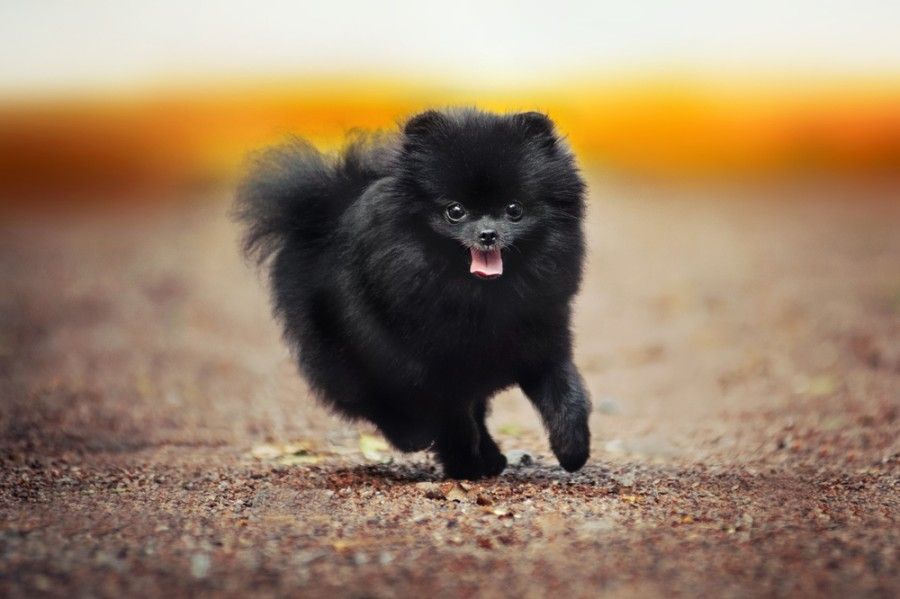
Top 3 Unique Facts About the Black Pomeranian
1. Queen Victoria’s Favor
Queen Victoria of England played a pivotal role in elevating the status of the black Pomeranian within the realm of canine fashion during the late 19th century. This royal association instantly created a sensation, leading to a surge in demand for black Pomeranians. As a result, the breed became synonymous with opulence and prestige among European nobility.
2. Black Pomeranians Are Not Rare
Contrary to the notion of black Pomeranians being rare, they are, in fact, relatively common within the Pomeranian breed! Pomeranians come in a variety of coat colors, and black is one of the recognized and accepted colors by kennel clubs and breed standards worldwide. While individual popularity may vary by region and trends, black Pomeranians can be readily found among breeders and in rescue organizations, making them accessible to prospective owners who admire their striking and elegant black coats.
3. Miniature Spitz Ancestry
The black Pomeranian’s lineage traces back to its ancestors, the larger Spitz-type dogs originally bred for various working roles in the Pomerania region, which spans parts of present-day Poland and Germany. These early Spitz dogs were sturdy and versatile, utilized for herding, guarding, and pulling sleds.
Over time, breeders selectively downsized these Spitz-type dogs while retaining their distinctive physical characteristics and spirited personalities. This selective breeding aimed to create a smaller companion dog with the same inherent charm and tenacity as their larger counterparts. The result was the small and spunky Pomeranian, which inherited the Spitz’s pointy ears, bushy tail, and expressive face.
Despite their reduced size, black Pomeranians, like all Pomeranians, maintain a strong connection to their robust Spitz ancestry, making them both delightful companions and a testament to the breed’s historical roots in the working dog world.
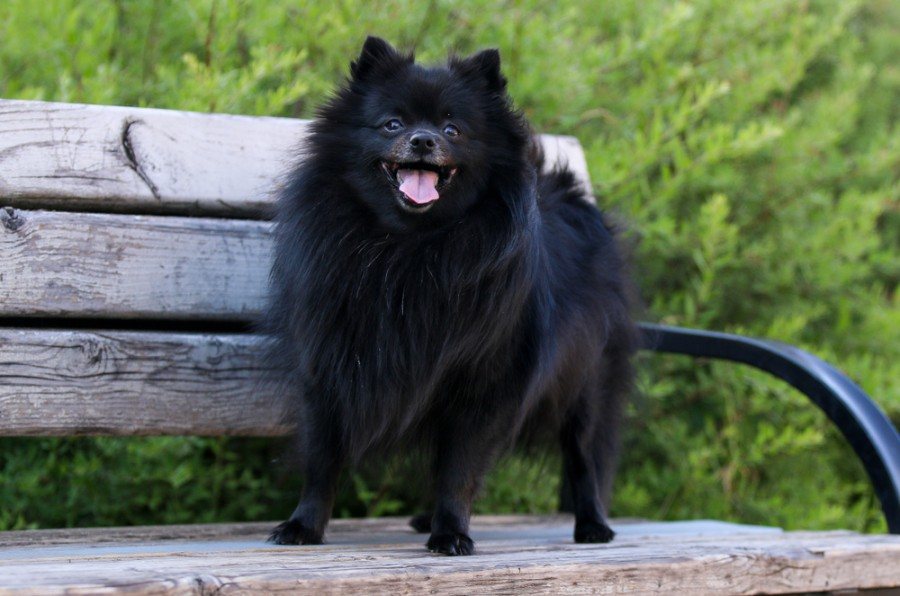
Does the Black Pomeranian Make a Good Pet?
Yes, the black Pomeranian can make an excellent pet for the right individual or family! These small dogs are known for their vivacious personalities, making them charming and affectionate companions. They are often brimming with energy and enthusiasm, which can bring joy and entertainment to their owners. Their intelligence and quick learning abilities also make them trainable and adaptable to various living situations.
However, it’s important to note that black Pomeranians, like all Pomeranians, have a strong-willed and sometimes stubborn nature. They may require consistent training and socialization to prevent behavioral issues such as excessive barking or guarding behaviors. Their small size also makes them delicate, and they may not be the best choice for households with very young children who may not understand the need for gentleness. Regular grooming is essential to maintain their beautiful black coat, which can be prone to matting.
Overall, black Pomeranians can be wonderful pets for those who are prepared to meet their energetic needs, invest time in training, and provide the love and attention they crave.
Conclusion
The black Pomeranian is a beloved and cherished variation of the Pomeranian breed, known for its striking jet-black coat and lively personality. While Queen Victoria’s influence may have initially propelled these charming dogs into the spotlight, they have since become beloved pets for individuals and families worldwide.
With their historical roots in the Spitz family and their distinctive double-layered coat, these dogs are not only endearing but also a testament to the breed’s fascinating journey from its working dog origins to its current status as one of the most adored toy breeds!
Featured Image Credit: Pearl Lynn, Unsplash

